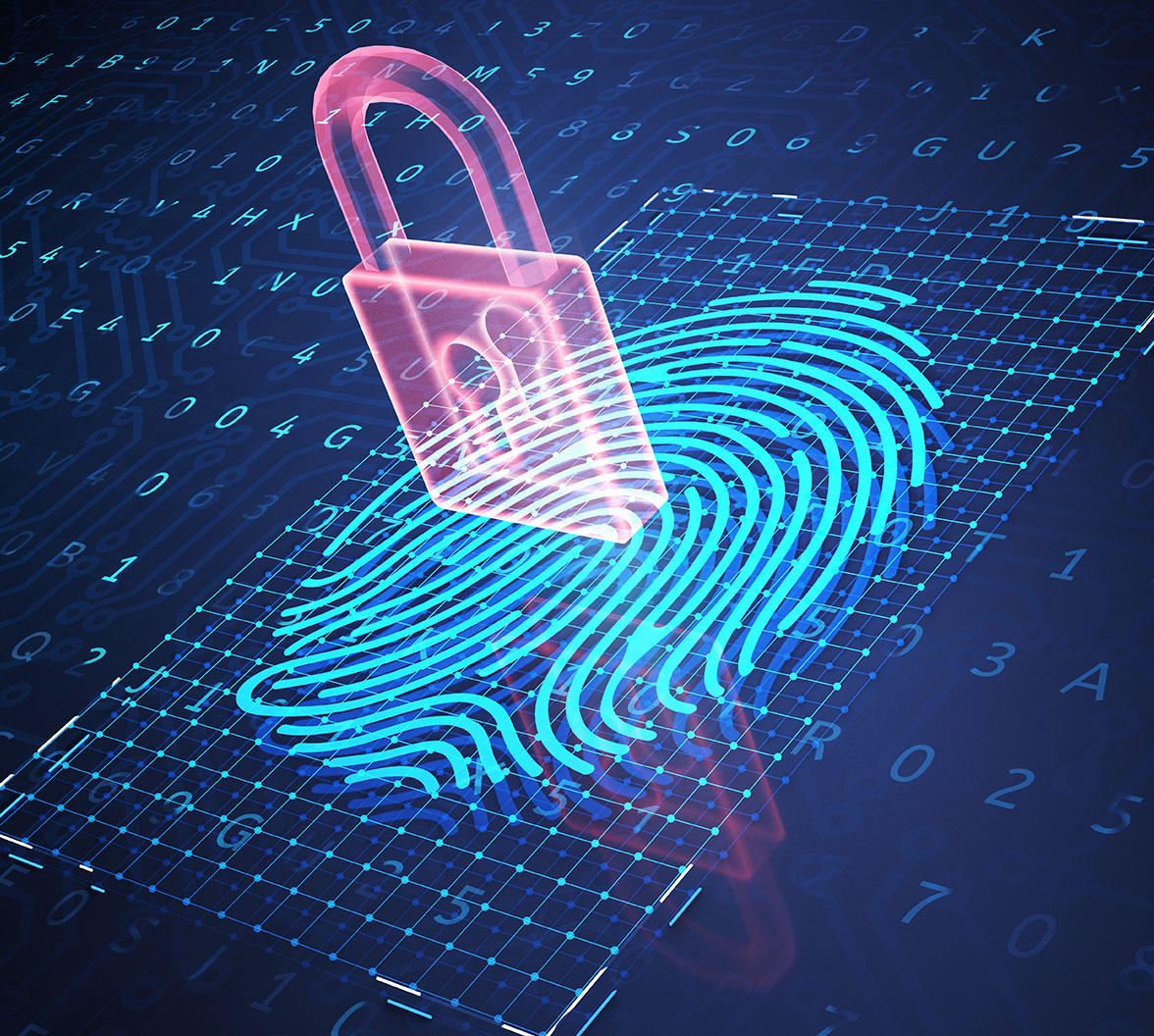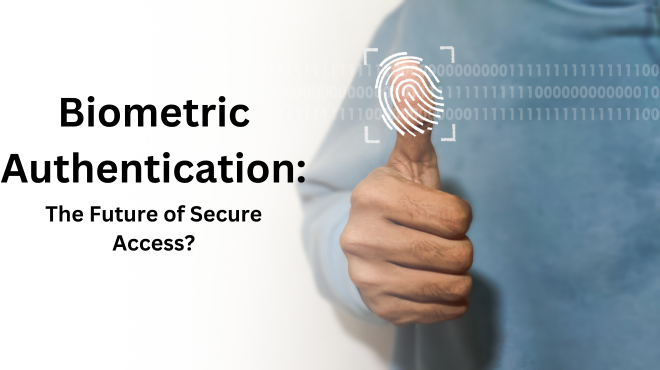Biometric authentication systems use unique biological traits for security verification. These systems provide a highly secure and reliable way to confirm a user’s identity.
Biometric authentication technology analyzes physical or behavioral characteristics, such as fingerprints, iris patterns, or voiceprints, to grant access to devices or systems. With cyber threats on the rise, organizations are increasingly turning to biometric solutions to enhance security measures and prevent unauthorized access.
The convenience and accuracy of biometric authentication make it a popular choice in various industries, including finance, healthcare, and government sectors. As technology continues to evolve, biometric systems offer a robust and efficient way to safeguard sensitive data and information.

Credit: www.aratek.co
Types Of Biometric Authentication Systems
Biometric authentication systems utilize unique physiological or behavioral characteristics to verify an individual’s identity. These systems offer more reliable and secure methods of authentication compared to traditional password-based approaches. There are various types of biometric authentication systems, each with its own distinct features and applications.
Fingerprint Recognition
Fingerprint recognition is one of the most widespread biometric authentication methods. It involves capturing an individual’s unique fingerprint patterns to create a digital template for authentication. This method is extensively used in smartphones, access control systems, and law enforcement.
Iris Scanning
Iris scanning technology uses the unique patterns within the iris of the eye to verify an individual’s identity. It provides extremely accurate and reliable identification and is commonly employed in high-security environments such as government facilities and airports.
Facial Recognition
Facial recognition systems analyze unique facial features such as the distance between the eyes, nose, and mouth to confirm identity. This technology is increasingly utilized in surveillance, mobile devices, and access control systems due to its non-intrusive nature and ease of use.
Voice Recognition
Voice recognition systems authenticate individuals by analyzing their unique vocal characteristics, such as pitch, tone, and cadence. This method finds applications in telephone banking, smart home devices, and employee attendance systems, offering convenient and secure user authentication.

Credit: auth0.com
Advantages Of Biometric Authentication
Biometric authentication systems offer numerous advantages, including enhanced security, convenience, and accuracy. These systems use unique physical or behavioral traits to verify a person’s identity, reducing reliance on traditional password-based methods and minimizing the risk of unauthorized access.
Increased Security
Modern biometric authentication systems offer unparalleled security by using unique biological characteristics like fingerprints or facial recognition to verify user identity. Biometric data is difficult to forge or steal, reducing the risk of unauthorized access to sensitive information. This enhances security measures by ensuring that only authorized individuals can access protected resources or information.Convenience For Users
Biometric authentication increases User convenience as it eliminates the need to remember passwords or carry physical tokens. Users can seamlessly authenticate themselves using their unique biometric features, saving time and effort. This technology offers a convenient and efficient way for users to access their devices, accounts, or physical spaces.Challenges And Limitations
Biometric authentication systems face challenges and limitations relating to accuracy, spoofing, and scalability. Implementing robust security measures to combat spoofing attacks and ensuring seamless user experience while scaling the system are crucial areas for development in the biometric authentication field.
Biometric authentication systems have revolutionized security measures, but they are not without their limitations and challenges. From privacy concerns to accuracy issues, these systems face obstacles that need to be addressed for widespread adoption.Privacy Concerns
Biometric data is sensitive, raising concerns about unauthorized access. Privacy laws are becoming more stringent to protect individuals’ data.Accuracy And Reliability
Ensuring high accuracy remains a challenge, as environmental factors can impact the reliability of biometric systems.Implementation Challenges
Integrating biometric systems into existing infrastructure can be complex, requiring seamless compatibility and user education. To address these challenges, ongoing research and development are crucial to enhancing the security and usability of biometric authentication systems.Applications Of Biometric Authentication Systems
Biometric authentication systems have a wide array of applications across various industries, providing a secure and convenient way to verify an individual’s identity. From access control for physical spaces to mobile device security, and from financial transactions to the healthcare industry, the applications of biometric authentication systems are diverse and beneficial.
Access Control For Physical Spaces
Biometric authentication systems are extensively used for access control in physical spaces such as offices, residential buildings, and high-security facilities. By utilizing fingerprint, iris, or facial recognition technology, these systems ensure that only authorized individuals can gain entry, enhancing overall security and reducing the risk of unauthorized access.
Mobile Device Security
Biometric authentication systems play a pivotal role in ensuring the security of mobile devices. Through features like fingerprint scanners and facial recognition, these systems prevent unauthorized access to smartphones and tablets, safeguarding sensitive data and personal information from potential breaches.
Financial Transactions
In the realm of financial transactions, biometric authentication systems are revolutionizing security measures. By integrating fingerprint or voice recognition technology, these systems provide a secure and seamless method for authorizing electronic payments, minimizing the risk of fraudulent activities and identity theft.
Healthcare Industry
In the healthcare industry, biometric authentication systems are instrumental in ensuring the privacy and security of patient information. Through biometric identifiers, healthcare professionals can securely access and update patient records, reducing the likelihood of unauthorized data breaches and significantly enhancing overall data security.
The Future Of Biometric Authentication
As technology continues to rapidly evolve, the future of biometric authentication systems seems promising. Advancements in technology, integration with artificial intelligence, and the potential for widespread adoption are key factors that drive the future of these systems.
Advancements In Technology
The field of biometric authentication systems is being revolutionized by advancements in technology. These systems are becoming more sophisticated and accurate, thanks to the development of more advanced sensors and algorithms. Biometric sensors can now capture and analyze a wider range of biometric data, such as facial features, fingerprints, iris patterns, and even voice patterns.
Beyond traditional methods of biometric authentication, emerging technologies like palm-vein recognition and gait analysis are being explored to further improve the accuracy and security of these systems. These advancements allow for a more secure and efficient biometric authentication process.
Integration With Artificial Intelligence
Integration with artificial intelligence (AI) is set to take biometric authentication systems to the next level. AI algorithms can analyze and interpret biometric data in real-time, resulting in faster and more accurate authentication process. This integration enables systems to learn and adapt to individual users, improving security and reducing false acceptances or rejections.
Furthermore, AI-powered biometric authentication systems can detect and mitigate potential threats or fraudulent activities. Through continuous monitoring and analysis, these systems can identify suspicious patterns or behaviors, providing an additional layer of security against unauthorized access.
Potential For Widespread Adoption
With the increasing need for secure and convenient authentication methods, the potential for widespread adoption of biometric authentication systems is significant. Organizations across various sectors, such as finance, healthcare, and government, are recognizing the benefits of these systems in terms of increased security and improved user experience.
The convenience factor cannot be overlooked. Biometric authentication eliminates the need for remembering complex passwords or carrying physical authentication tokens. In addition, as biometric data is unique and cannot be easily replicated, the risk of identity theft or fraud is greatly reduced.
Moreover, the widespread use of biometric authentication systems in mobile devices, such as smartphones and tablets, further drives their adoption. With millions of users relying on their mobile devices for various tasks, integrating biometric authentication provides a seamless and secure user experience.
In conclusion, the future of biometric authentication systems looks promising, driven by advancements in technology, integration with artificial intelligence, and the potential for widespread adoption. These systems offer enhanced security, improved user experience, and the convenience of eliminating the need for passwords or physical tokens. As technology continues to advance, it is exciting to anticipate the further evolution of biometric authentication systems.

Credit: www.linkedin.com
Conclusion
Biometric authentication systems offer a secure and convenient way to verify identity. With the advancement of technology, these systems are becoming more widespread in various industries. As businesses and individuals prioritize security, the adoption of biometric authentication is expected to increase, transforming the way we access and protect sensitive information.




